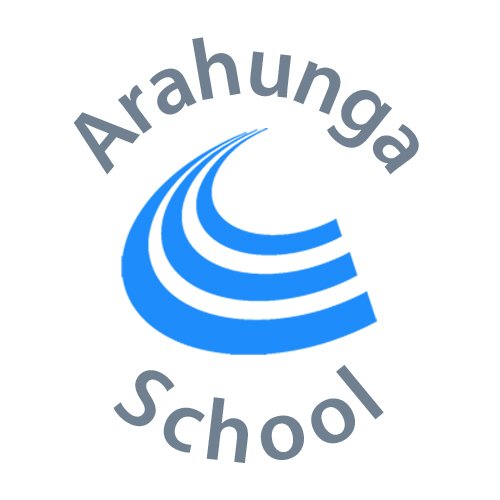
Physical Restraint Guidelines
Every ākonga has tapu, mana and potential. Ākonga are empowered when their uniqueness and diversity is nurtured and valued. We want Arahunga School to be a place where all ākonga learn and grow. This happens when school communities respect and strengthen everyone’s potential.
Arahunga School is committed to implementing the legislation and guidelines that requires us to understand, recognise
and safely respond to ākonga distress, and to minimise the use of physical restraint.
Arahunga School works hard to prevent the use of Physical Restraint by focusing on:
- Communication: Recognising our learners voice and communicating with them to de-escalate potential conflicts and to address concerns.
- Prevention: Identify Triggers and implement strategies to prevent potentially challenging situations.
- Calm Environment: Creating a calm and safe environment that minimises stress and anxiety.
- Distraction: Use of high interest activities and distraction to reshape attention.
- Home support: Work with whanau to implement consistent strength based strategies and responses across settings.
- Professional Development: Prioritise professional development for staff that will safely manage challenging behaviours without resorting to the use of physical restraint.
- Support: Work alongside whanau to seek professional advice from healthcare providers or therapists to develop a personalised plan.
Please see the 2023 guidelines in the attachment below.
"Understanding distress and minimising the use of Physical Restraint."
“Take care of our children. Take care of what they hear, take care of what they see, take care of what they feel. For how the children grow, so will be the shape of Aotearoa.”
Dame Whina Cooper
All incidences that result in the use of physical restraint will be:
- reported and discussed with whanau
- reported to MOE
- reported to BOT
